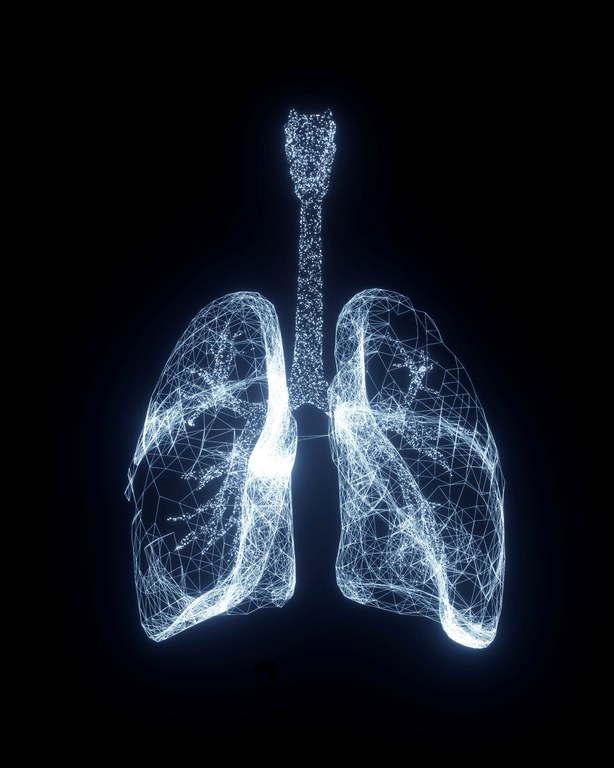Case study on respiratory health
Chronic obstructive pulmonary disease (COPD) and asthma are common chronic diseases. Occupational and non- occupational exposures both contribute substantially to the burden of asthma and COPD. The evidence originates from data based on the ‘one exposure, one disease’ principle, which severely hampers a valid estimation of the true importance of the totality of occupational and related non-occupational exposures for health. Considering the totality of exposures is crucial since most individuals are daily exposed to a multitude of potentially hazardous exposures. Furthermore, understanding the key biological pathways between occupational exposures and lung disease is limited. Biomarkers exist, with a clear relation to COPD and lung function, for example proteins YKL 40 and CC16, which interact with smoking for lung disease risk. However, the impact of occupational exposures on these proteins and in turn lung disease is unknown. In addition, for preventive measures, it is important to know the exposure metric of interest, i.e. the roles of short- and long-term exposures in relation to lung function and disease. Acute declines in lung function during a working day related to occupational exposure is well-known, and biomarkers are available for short-term non-occupational effects of exposure to e.g. ozone, but biomarkers are mostly unavailable for occupational exposures. Recently, biological pathways linking short-term airborne particulate matter and loss of lung function was suggested among 9/11 WTC catastrophe rescue workers. Lastly, insight into impacts on vulnerable subgroups is critical to tailor preventive measures. There are some indications of gender differences in age-related effects on lung function and effects of occupational exposures on lung disease. Still, the results are not conclusive. This complex exposure situation involving both occupational and non-occupational risk factors and genetic make- up, as well as the need for better insights in relevant exposure metrics and biological pathways, is particularly relevant. To obtain a more complete picture of how both short- and long-term working-life exposures are related to respiratory health, two approaches were used. The evidence on working-life risk factors of respiratory health in the EPHOR mega cohort were complemented with state-of-the-art methods for new data collection on the external and internal exposome. This advanced knowledge on how long- and short-term occupational and non-occupational exposures interact with individual biological pathways in relation to respiratory disease risk. We also further identified gender differences.

Short term study
Case study to investigate the effects of working-life exposures on respiratory health in the general population. Effects of short-term exposures, in relation to the working life exposome, biological pathways, early markers of disease and key body functions were assessed using external and internal exposome data. The protocol used in this case study can be downloaded below.
In the EPHOR short-term case study data from 146 persons across 8 centers are available. A rich dataset is available including questionnaires, sensor data, biomarkers (from exhaled breath, exhaled breath condensate, blood, urine), anthropometric data and lung function data. For data access, please approach Vivi Schlünssen, vs@ph.au.dk. For more details see the document attached.
Long term study
In the EPHOR long-term study data from 1432 persons across 8 centers are available. A dataset is available including questionnaires, biomarkers from blood, anthropometric data and lung function data. For data access, please approach Vivi Schlünssen, vs@ph.au.dk. For more details see the document attached.
1.0
-
Health scientists
-
Report